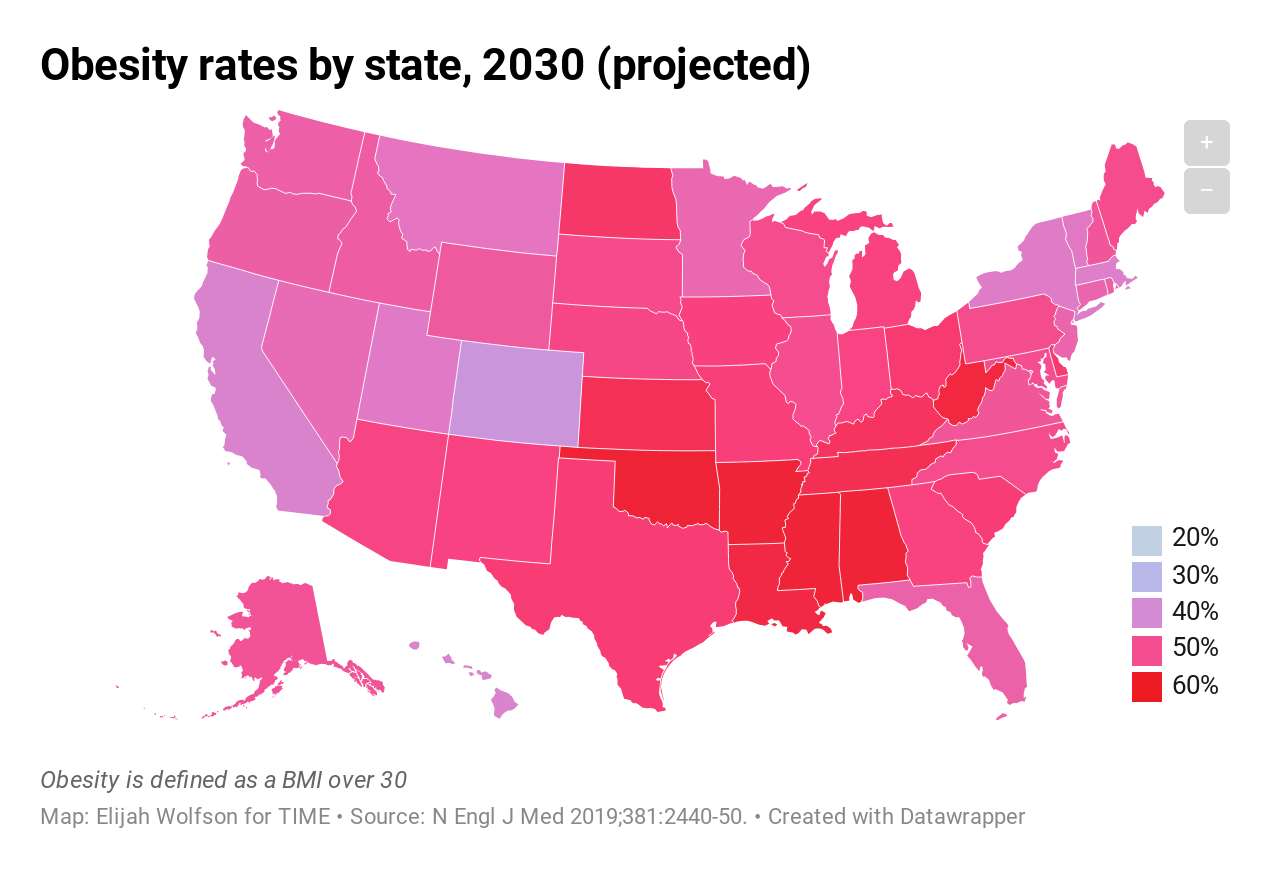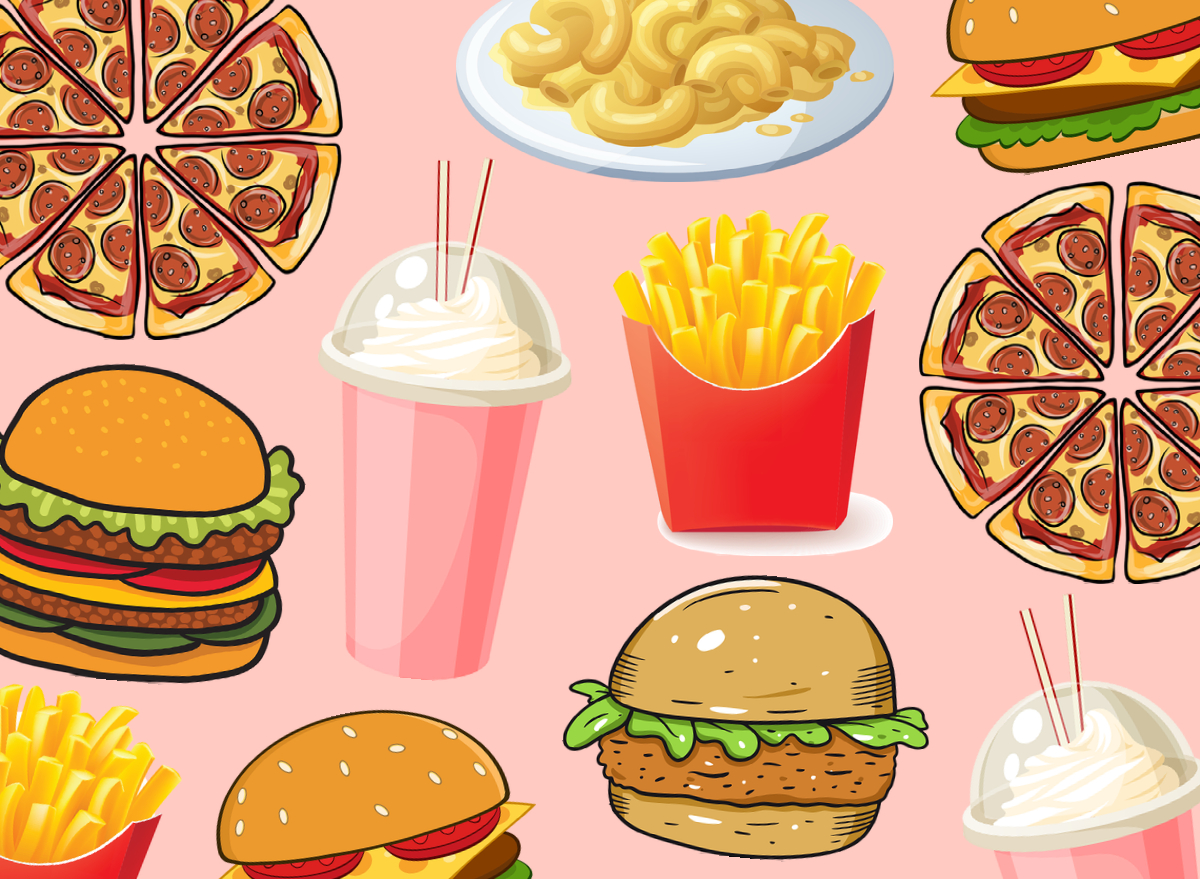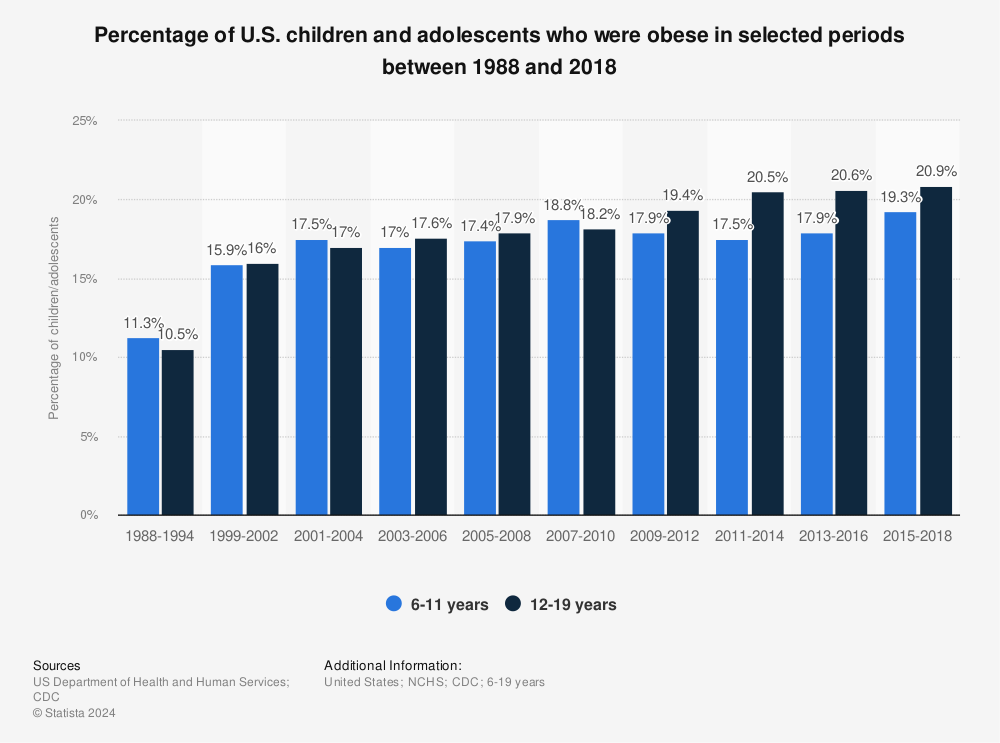Is Fast Food the New Tobacco?
Is fast food the new tobacco?
In recent years, public attention has shifted to a variety of issues, among them the obesity epidemic that currently exists in the U.S.
According to the CDC, “From 1999 –2000 through 2017 –2018, US obesity prevalence increased from 30.5% to 42.4%.”
This is only accounting for adult obesity rates.
The CDC adds, “The prevalence of obesity was 19.3% and affected about 14.4 million children and adolescents. Obesity prevalence was 13.4% among 2- to 5-year-olds, 20.3% among 6- to 11-year-olds, and 21.2% among 12- to 19-year-olds.”
Due to these alarming statistics many have asked themselves, what can be done and whose responsibility is it to determine what foods can be consumed at school, the prices at the supermarket, or the healthy food vs fast food ratio of establishments in neighborhoods?
Numbers don’t lie
According to an article by the CDC, “The estimated annual medical cost of obesity in the United States was $147 billion in 2008. Medical costs for people who had obesity was $1,429 higher than medical costs for people with healthy weight.”
Government Responsibility or Personal Responsibility?

There is an ongoing dilemma of whether it is personal responsibility to manage health and diet or the government’s. Defenders of government responsibility state that there is a huge discrepancy between the ratio of fast food restaurants and places to buy healthy food.
In the article ‘Don’t blame the eater’ by David Zinczenko the author states, “ Drive down any thoroughfare in America, and I guarantee you’ll see one of our country’s more than 13,000 McDonald's restaurants. Now, drive back up the block and try to find someplace to buy a grapefruit”(p 392).
The author believes that the lack of places to buy proper food is one of the biggest reasons why there is such a health epidemic. Defenders of Personal Responsibility think the government should strive to foster this in people before there even is a problem to solve.
The article, ‘What you eat is your business’ by Radley Balko highlights why this is a problem by staying, “ And if the government is paying for my anti-cholesterol medication, what incentive is there for me to put down the cheeseburger”(p 397)?
Balko explains that part of the problem is the government not rewarding good behaviors or looking for ways to incentivize healthy choices and rather focusing on rules. Balko believes that the government's way of dealing with health is actually counterintuitive as many people don’t care about their health since they know that the government will take care of them once they’re sick. By fostering personal responsibility, people will be healthier and the government will have to spend less money treating these diseases.
What the health
The Netflix Documentary What the health discusses the issue of obesity and malnutrition in the U.S. The presenter, Kip Andersen, found something shocking. He began to look at many organizations that are supposed to be safe havens for people seeking medical information about managing their health. He found that many of these organizations, such as the American Heart Association, promote foods in their websites whose ingredients have been found to cause cancer and other diseases. When requesting meetings with the directors of these companies many failed to contact him back and those that did evaded many of the basic questions asked. Upon further research, Andersen discovered that these organisations are sponsored by brands that produce the foods linked to these diseases( 47:47-49:18). Although it seems like a crazy conspiracy theory, Anderson covers the possibility that the government, these companies, and pharmaceutical companies are actually trying to get people sick on purpose to create more business at the expense of human lives.
Let’s move

Whether the conspiracy theory is true or not, there is no denying that a lot needs to be done about the current health situation of the U.S. Many have launched campaigns to try to get people to eat healthier and educate them on healthy food options and habits. Perhaps one of the most common campaigns is former First Lady Michell Obama’s Let’s Move! campaign. This program was established in 2010 and provided healthy recipes that were catered to those of even low income households and encouraged kids to exercise and live an active lifestyle. The program also made its way to public schools as lunch options were modified to provide healthier options. Although many, especially students who ate these lunches, questioned the success of the campaign it was a step in the right direction.
Martin Luther King Jr. once said, “If you can't fly then run, if you can't run then walk, if you can't walk then crawl, but whatever you do, you have to keep moving forward.”
The truth is that’s exactly what needs to be done if we expect to eradicate the obesity epidemic. Whether it is personal or government responsibility someone needs to do something; anything is better than nothing at all.
Works Cited
11 facts about high school dropout rates. DoSomething.org. (n.d.). Retrieved October 4, 2021, from https://www.dosomething.org/us/facts/11-facts-about-high-school-dropout-rates.
Balco R. (2012). What you eat is your business. “They Say I Say” The moves that matter in academic writing with readings, Second Edition, 395-398. ISBN: 978-0-393-91275-3
Centers for Disease Control and Prevention. (2021, April 5). Childhood obesity facts. Centers for Disease Control and Prevention. Retrieved October 4, 2021, from https://www.cdc.gov/obesity/data/childhood.html.
Centers for Disease Control and Prevention. (2021, June 7). Adult obesity facts. Centers for Disease Control and Prevention. Retrieved October 4, 2021, from https://www.cdc.gov/obesity/data/adult.html.
College dropout rates. EducationData. (2021, September 14). Retrieved October 4, 2021, from https://educationdata.org/college-dropout-rates.
Know Public Health. (2020, September 18). What The Health (Netflix-Documentary) -A must watch [Video]. YouTube.https://youtu.be/KPD1oIKnnjs
Zinczenko D. (2012). Don’t blame the eater. “They Say I Say” The moves that matter in academic writing with readings, Second Edition, 391-393. ISBN: 978-0-393-91275-3



I really liked the way your blog was sectioned and how easy it was to read along with the extensive information provided. When presenting the question at hand, though you don't give your position. You state the position of the authors you read articles from, but what about your own? You also continue to elaborate on their perspectives when you talk about them more under their sections. Make sure to use the articles to your advantage. Either build on what the authors had to say or create a counter argument. Make sure to also use proper in-text citation formatting.
ReplyDelete